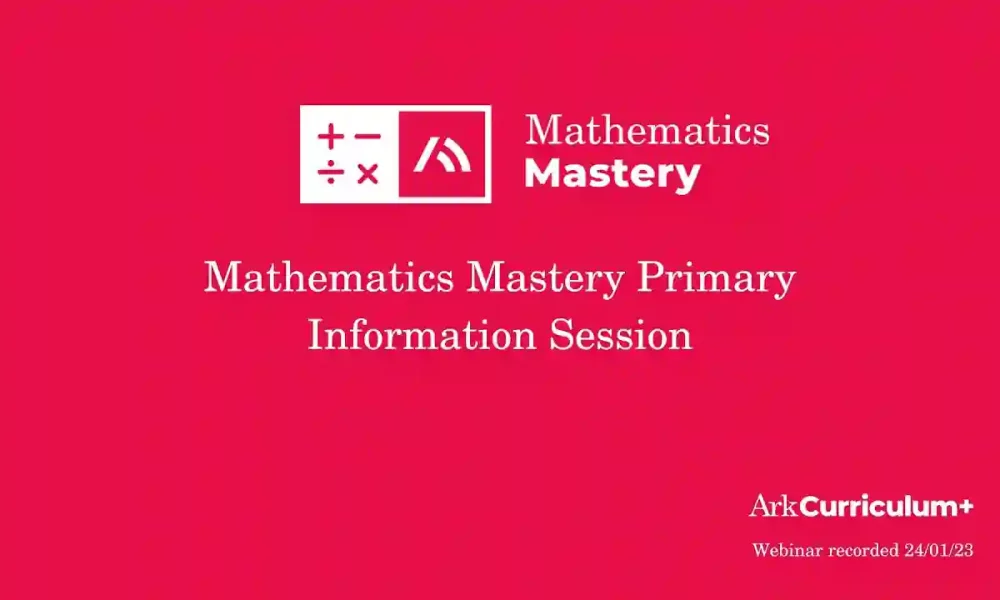
Mathematics Mastery: Techniques for Effective Problem Solving
Mathematics is not just a subject; it’s an exploration into the realms of logic, patterns, and problem solving. To truly master mathematics is to become adept at navigating its challenges with finesse and precision. This article, “Mathematics Mastery: Techniques for Effective Problem Solving,” serves as a guide for individuals looking to unlock the secrets of mathematical mastery and elevate their problem-solving skills to new heights.
The Quest for Mastery:
Mastery in mathematics is not a destination but a journey—a continuous quest for deeper understanding and proficiency. To embark on this journey is to embrace the challenges posed by mathematical problems as opportunities for growth and intellectual exploration.
Understanding the Nature of Mathematical Problems:
Before diving into effective problem-solving techniques, it is crucial to understand the nature of mathematical problems. Recognize the diverse landscape, encompassing algebraic equations, geometric proofs, and analytical puzzles. Understanding the nature of problems sets the stage for selecting the most appropriate strategies.
Decoding Complexity:
Mathematics often presents complex problems that require systematic decoding. Break down intricate problems into manageable components, unraveling layers of complexity step by step. Decoding complexity not only makes problem solving more approachable but also builds a solid foundation for comprehending advanced mathematical concepts.
Visualizing Success:
Visualization is a powerful tool in the mathematician’s arsenal. Create mental images, draw diagrams, and visualize the problem’s structure to gain insights. Visualization not only enhances comprehension but also provides a roadmap for navigating through the problem-solving process with clarity and foresight.
Strategic Approaches for Every Challenge:
Mastery in mathematics involves a diverse array of strategic approaches for tackling problems effectively. Develop a toolkit that includes methods like working backward, trial and error, and pattern recognition. A versatile set of strategies ensures adaptability to the unique characteristics of each challenge.
The Art of Simplification:
Elegance lies in simplicity. Strive to simplify solutions without compromising accuracy. Avoid unnecessary complexities and convoluted methods, aiming for straightforward and streamlined approaches. The art of simplification not only enhances your problem-solving skills but also showcases a profound understanding of mathematical principles.
Pattern Recognition: Unveiling the Mathematical Tapestry:
Pattern recognition is the key to unraveling the mathematical tapestry. Train yourself to identify recurring sequences, relationships between numbers, and hidden structures within problems. Recognizing patterns not only accelerates problem solving but also provides a deeper appreciation for the underlying order in mathematical challenges.
The Persistence Principle:
Persistence is a cornerstone of mathematical mastery. Embrace challenges with determination and resilience, understanding that persistence often leads to breakthroughs. Learn from mistakes, iterate on solutions, and approach each problem with the unwavering belief that mastery is a product of continuous effort.
Effective Time Management:
Time is a valuable resource in the mathematician’s toolkit. Develop effective time management skills to allocate time based on the complexity of each problem. Prioritize tasks strategically, ensuring that you maximize efficiency without sacrificing the accuracy of your solutions.
Reflective Practice: the Catalyst for Growth:
Reflective practice is the catalyst that propels you toward mathematical growth. After solving a problem, reflect on your approach, identify areas for improvement, and consider alternative strategies. Regular reflection contributes to a cycle of continuous learning and refinement, fostering a deeper understanding of mathematical concepts.
Collaboration: Strength in Numbers:
Collaboration is a powerful force in the realm of mathematics. Engage in collaborative problem-solving sessions, exchange insights with peers, and benefit from diverse perspectives. Collaboration not only broadens your problem-solving toolkit but also fosters a sense of community within the world of mathematics.
Celebrating Milestones:
Mastery is a journey marked by milestones. Celebrate your triumphs, no matter how small, and take pride in your growing proficiency. Acknowledge each solved problem as a milestone in your journey toward mathematical mastery, reinforcing a positive mindset and fostering a sense of accomplishment.
Conclusion:
“Mathematics Mastery: Techniques for Effective Problem Solving” is a guide for those who aspire to unlock the full potential of their mathematical abilities. By understanding the nature of problems, decoding complexity, and embracing strategic approaches, individuals can embark on a journey of mathematical mastery. Remember, the quest for mastery is not about perfection but about continuous improvement, resilience, and a deep appreciation for the beauty inherent in solving mathematical problems. As you apply these techniques, let them serve as stepping stones on your path to mathematical excellence, propelling you toward a future where mathematical challenges are not obstacles but opportunities for growth and discovery.